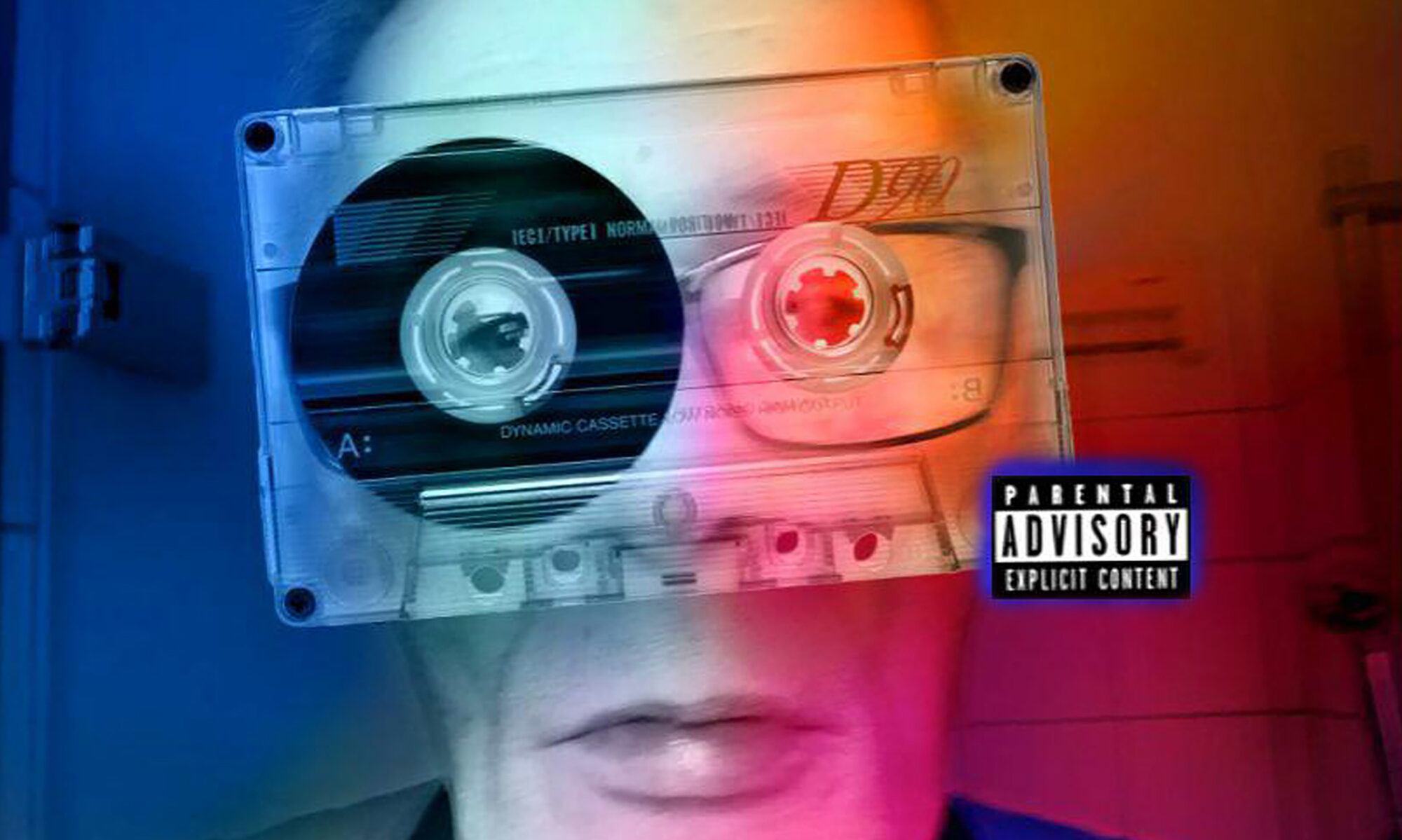The Apple Never Falls Far From the Tree – Five Individualists Play Family
Thoughts on an Exhibition of Helga, Herbert, Felix and Oona Valarie Schager with Ufuk Serbest in the Blue Salon of the Arthouse Tacheles in Berlin on the Theme of the Family
The five parts of the family Schager/Serbest live as artists and cultural workers. Multiple connections are heterogeneously networked among the necessarily and purposely individual identities as artist personalities and those as parts of the cooperative collective of the family. The mutual interrelationships of dependency, learning and teaching are more complexly interwoven with emotions, love and power than with artist couples – as discussed by Klaus Theweleit in his „Book of Kings“. The production of an artistic reality, like artistic work on people, demands constant performative and reflective confrontations. Both artistic and family developments are impelled with parallel goals: counter to objectification and alienation in art, culture and life. The broad spectrum of the cultural playing field is to be arranged in the „here and now“. The protagonists position themselves by dealing with unacceptable conditions, attempt to combine individual notions of happiness with political understanding and to let emotion as well as subtle, personal world views flow into their projects.
Although the operating system of art, since it is devoted to what is „new“, reflects society in being determined by avarice, competitiveness and disposability, unlike the economy it is simultaneously devoted not merely to the survival of the fittest, to Darwinist competition, in which only that which prevails is left, but rather art, in the social division of labor, is equally responsible for the „management“ of the new (Rainer Metzger). Its artefacts and processes also have the effect of a social petting zoo to facilitate familiarization with what is alien/new. To this extent, its role in society is not found in the identical form of movement as the economy operating beyond the realm of morality and convention, but rather in making it possible to mediate the economy’s crassness and blatancy.
The penetration into the art system by the mechanics of our social system has long since flooded our family sphere as well. Apart from its publicly discussed, extensive manifestations, the globalization of capital has also resulted in an inverse tendency to penetrate through all structures of society. The last remaining islands of our previously not yet thoroughly commercialized areas of life are gradually being infiltrated and are internalizing competitiveness, envy and rivalry. Art and intimacy suffer existentially from their divergent traditional and contemporary requirements.
Awkwardly bridging the gap between the search for the avant-garde and the remit to smooth over and mediate in society, which becomes entangled in the situationist concept of the spectacle, characterizes what is happening in art today. If art seeks to exhaust itself in decoration, enjoyment or self-help, there is a demand on the one hand that it make visible its surrounding conditions and work on changing them; on the other hand, however, there is also a demand that art clarify its powerlessness to realize change at the same time. Yet by now, even many variations of possible, consequent, formal strategies for refusal, with which Debord finishes his statement, „We live as lost children, our adventures remain uncompleted …“, have been overused as critical posing.
The diagnosis is clear: art that exhausts itself in spectacle or education has stopped being art. Yet if it refuses to join the maelstrom it remains art, but tends to lose its public presence, not least of all because the institutions of its public presentation hardly have the primary task of showing contemporary art, but rather of satisfying broad needs of our society, and these are generated from the aforementioned laws of movement of this operating system.
A cultural pessimistic finding of this kind is conservative in its patternedness, because it makes only the major, dominant and loud tendencies visible, obscuring the more quiet counter currents from view: like entering into, intervening in and accompanying movements in society, like rejecting the spectacle by insisting on what is subversively obstructive or even a tendency to pilfer and the unexpected new combination of what is familiar, worn out, with what runs against the grain.
Non-linear collage and remix reflect on contemporary media offerings and react to growing multi-contextuality. Art reality is not traced chronologically in this approach, but instead conjoined according to selected criteria, contents and models that are not self-evident at first glance. However, this offers an opportunity to draw a more comprehensive image of the complex reality that compels the recipient to examine premature, simplifying conclusions. The shattering of perception and the break with a narrative logic, as they are expressed in the digitally based image and sound world, could be too hastily interpreted merely as a resigned expression of a traumatic suffering from familiar ties and a world that is falling apart. Yet this shattered world also holds – magnificently orchestrated – gleaming particles of a positive utopia far beyond the realm of the cliched metaphors of a shattered mirror.
The continuous discourses and reflection on personal experiences in life and in art on themes of sexuality and politics, gender diversity and migration ensure neither that the Schagers can live happily together, nor that they will be artistically successful. Neither family nor art will ever be anything other than incomplete. Nevertheless, striving to overcome the laws of nature has always been part of Helga and Herbert’s life. „Give peace a chance“ is contrary to nature too – so why not give culture, couple and children a chance as well.
Rainer Zendron, cultural worker
